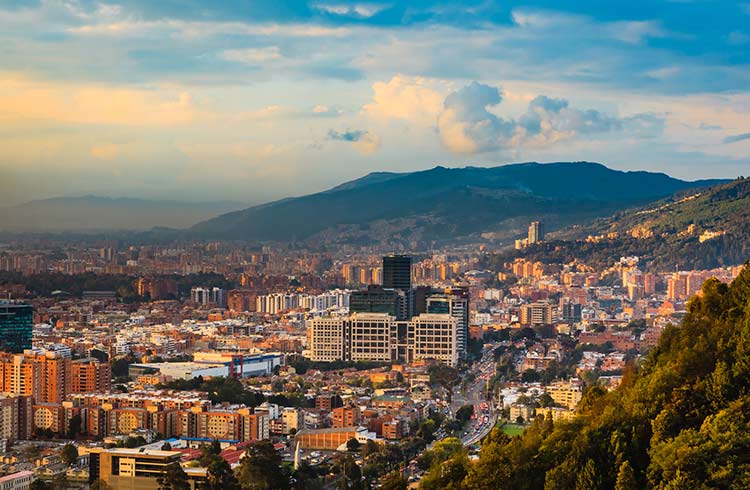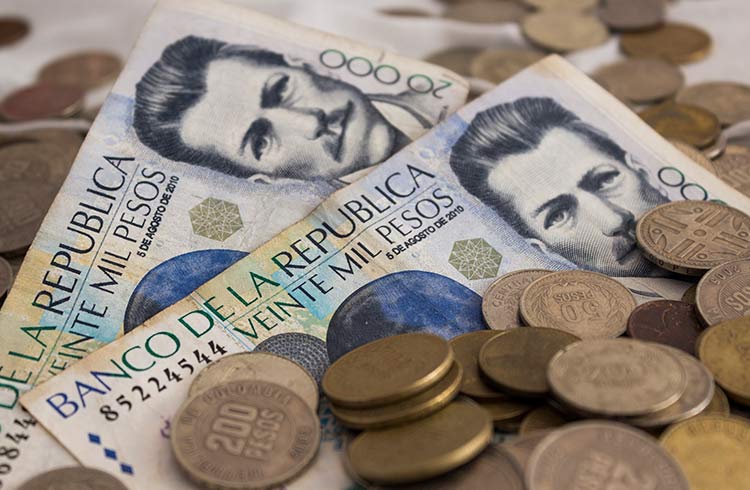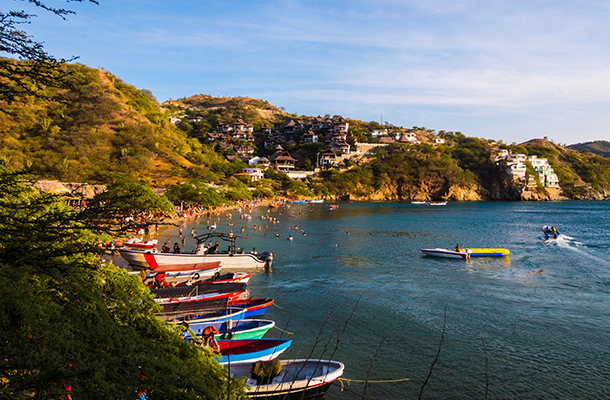Is Bogotá Safe for Travelers? Essential Travel Safety Tips
How safe is Bogota for tourists? Bogotá local, Jacqui, shares her best advice for visitors. From choosing safe accommodation to transport options, here's what you should know.
 Photo © iStock/ChandraDhas
Photo © iStock/ChandraDhas
A few decades ago, Bogotá was notorious for crime and violence, but much has changed in Colombia. Today, with increased police presence and transportation developments, the city has opened up to travelers who now feel safer exploring its vibrant nightlife, rich culture, and historical landmarks.
However, like any large city, Bogotá still has some dangers. Visitors must remain cautious and mindful of their surroundings, especially in areas with a reputation for petty crime or worse.
Here are several essential safety tips for travelers visiting Bogotá now.
- Avoiding street crime in Bogotá
- Hotel and hostel security in Bogotá
- Keeping a low profile in Bogotá
- Nightlife Safety in Bogotá
- Spiked drinks in Bogotá
- Transportation tips for Bogotá
- Political violence and protests in Bogotá
Avoid street crime in Bogotá
Street crime remains Bogotá's biggest safety challenge, with pickpocketing being common on the TransMilenio buses and in crowded areas. Stay alert and keep your belongings secure when using public transportation. Hold your bag close and avoid displaying valuables, such as phones and cameras, in public spaces.
Exploring during the day is generally safe, but avoid wandering into unfamiliar or sketchy neighborhoods. Tourist areas like La Candelaria and Montserrate are known hotspots for muggings, especially after dark. Always ask your hotel or hostel staff for advice on safe routes, or consider joining group tours where there's generally more safety in numbers.
Key areas to avoid:
- Ciudad Bolivar: This southern residential district is prone to high crime and should be avoided altogether. Flooding during rainy seasons also makes the area dangerous.
- Cerro de Monserrate: While this is a popular tourist spot offering an incredible view over the sprawling city, the surrounding streets after sunset can be risky. Take a taxi or the free shuttle to return safely after visiting. Avoid walking up the hill alone due to the risk of muggings.
Learn how World Nomads travel insurance could protect your trip to South America.
Hotel and hostel security in Bogotá
While hostels and hotels in La Candelaria are convenient, the area has seen a string of violent robberies at tourist accommodations in recent years. When booking a place to stay, prioritize those with good security records and consider staying in safer areas such as Zona Rosa or Usaquén.
To stay safe, choose accommodation that offer 24/7 security, secure entrances, and staff to buzz guests in. Understaffed hostels can increase wait times at the entrance, making visitors more vulnerable to opportunistic crimes. Keep your belongings secure and avoid showing valuables.
Keeping a low profile in Bogotá
Looking like a confident, savvy traveler is one of the best ways to avoid becoming a target. Thieves in Bogotá are opportunists, so don't give anyone a reason to single you out.
- Dress simply: Avoid designer brands, flashy jewelry, or expensive cameras. Blending in with locals will reduce your risk.
- Move with purpose: Always have an idea of where you're going and walk confidently. Avoid standing on the street looking lost—ask locals for directions if needed.
- Be cautious with ATMs: Avoid using street-side ATMs. Instead, use ones inside banks or malls and only withdraw money during the day. Travel in pairs or groups when using ATMs.
Bogotá at night
Bogotá is known for its bustling nightlife, particularly in areas like Zona T, Parque 93, and Zona Rosa. While these areas are generally safe, nighttime safety is paramount, especially if you're staying in La Candelaria or venturing out alone.
Transportation at night: Taxis are the safest way to get back to your accommodation after a night out. Avoid hailing cabs on the street; instead, ask your hotel or the venue to call a trusted taxi service, such as Taxis Libres or TaxExpress.
Stick with friends: If you're out late, try to stay with a group, and always be aware of your surroundings when walking home or catching a ride.
Spiked drinks in Bogotá
Drink spiking is a concern in Bogotá, particularly targeting male travelers. The drug borrachero is commonly used in spiked drinks and can render victims unconscious or highly suggestible. Avoid accepting drinks from strangers, even in seemingly safe environments like clubs or bars.
Be especially wary if you're approached by overly friendly individuals offering drinks, cigarettes, or gum. Stick to well-known venues and always keep an eye on your drink.
Safe transportation in Bogotá
Getting around Bogotá is relatively easy, but can be chaotic, especially for newcomers. The TransMilenio bus system is a popular and cost-effective way to travel across the city, though pickpocketing is a risk. Private buses and colectivos (shared vans) offer alternatives, though their chaotic driving can be unnerving.
- Use ride-hailing apps: Apps like Uber and DiDi are available in Bogotá, providing a safe and reliable option over street taxis.
- Stay alert: Whether on public transport or in a taxi, keep your belongings close and avoid being distracted by your phone.
Political violence in Bogotá
Bogotá has seen its share of political unrest over the years. While the situation has calmed in recent times, demonstrations and protests can occur unexpectedly, especially in central areas like Plaza Bolívar.
- Avoid protests: Even peaceful gatherings can turn violent quickly, so steer clear of any large demonstrations or politically charged events. Keep up with local news to stay informed about potential protests.
- Stay alert: Security in the city can shift rapidly. Monitor travel advisories and avoid high-risk areas.
Overall, Bogotá is an exciting destination to include on your trip to Colombia, but it still requires caution. By following these safety tips and staying aware of your surroundings, you can enjoy what this city has to offer without unnecessary risk. Keep a low profile, avoid risky areas, and rely on trusted transport options to make your Bogotá experience memorable and safe.
Related articles
Simple and flexible travel insurance
You can buy at home or while traveling, and claim online from anywhere in the world. With 150+ adventure activities covered and 24/7 emergency assistance.
Get a quote


7 Comments